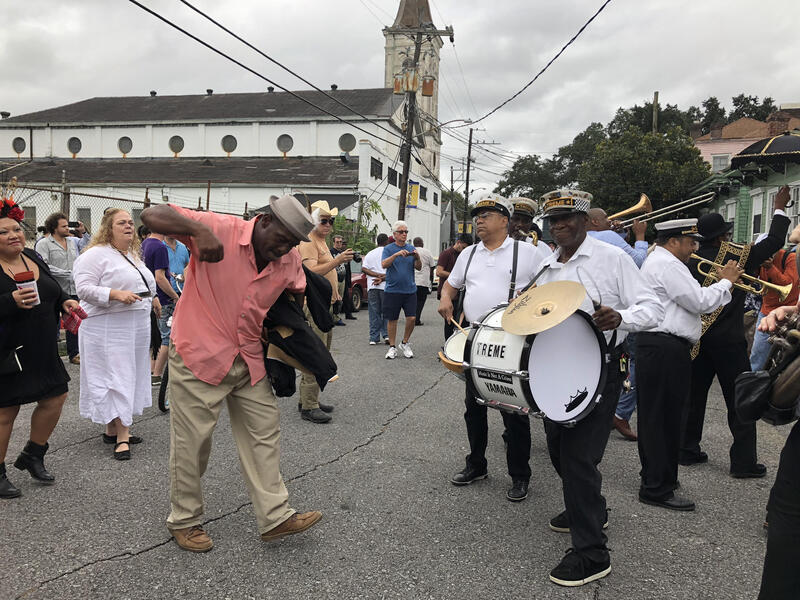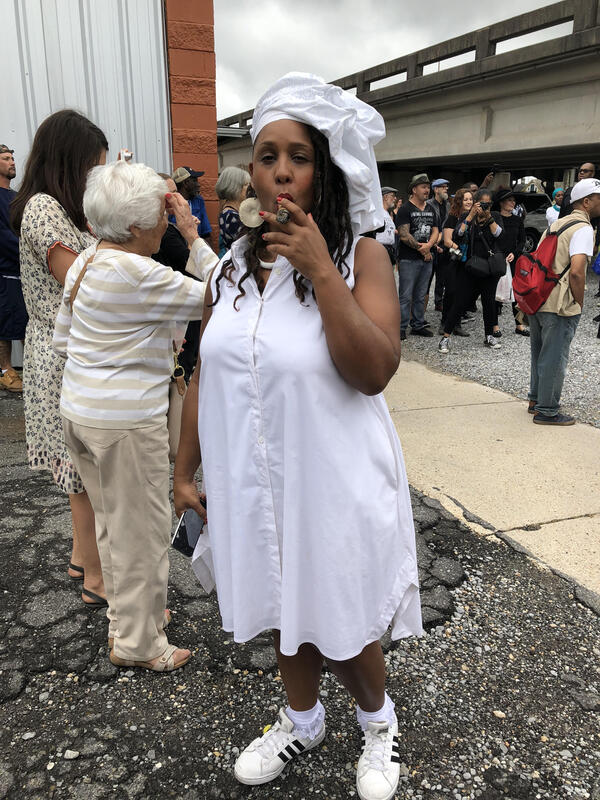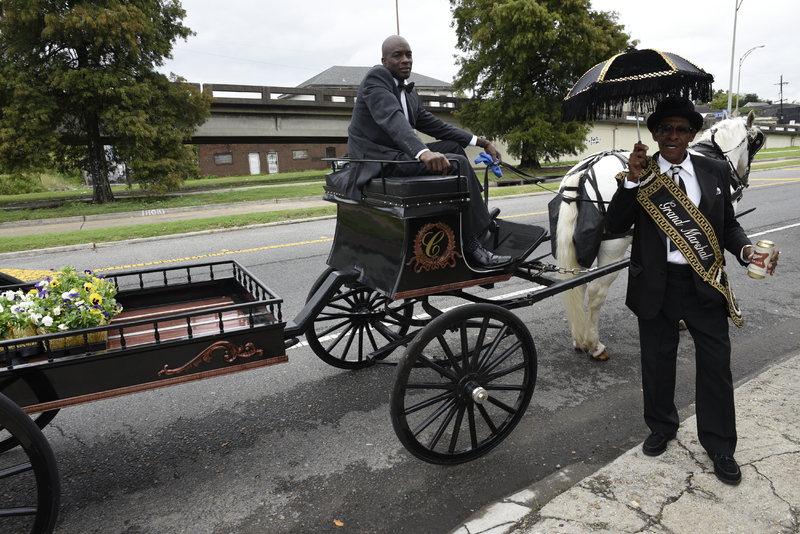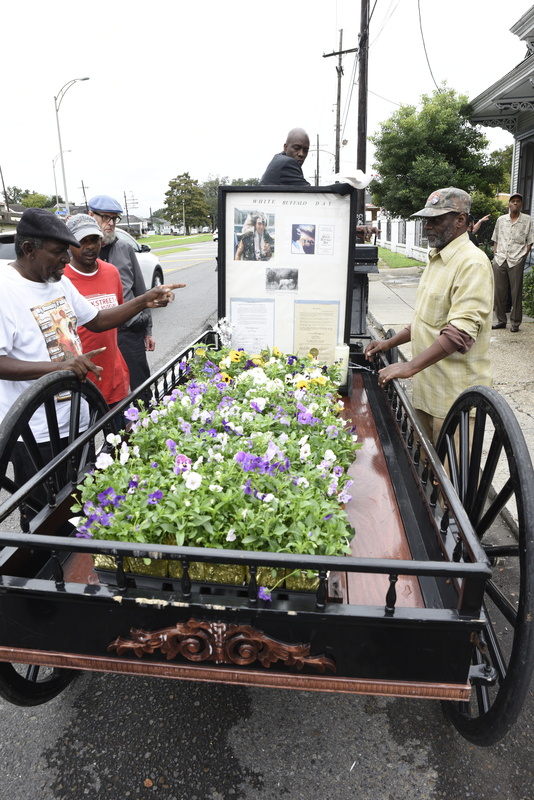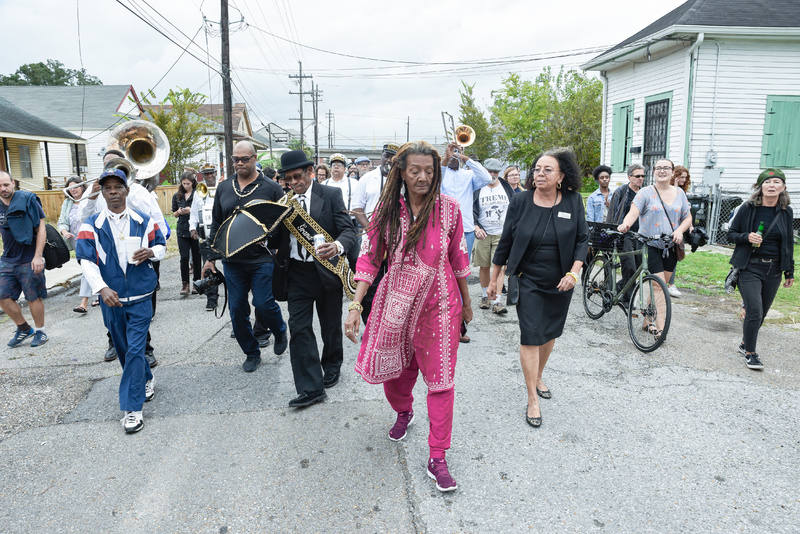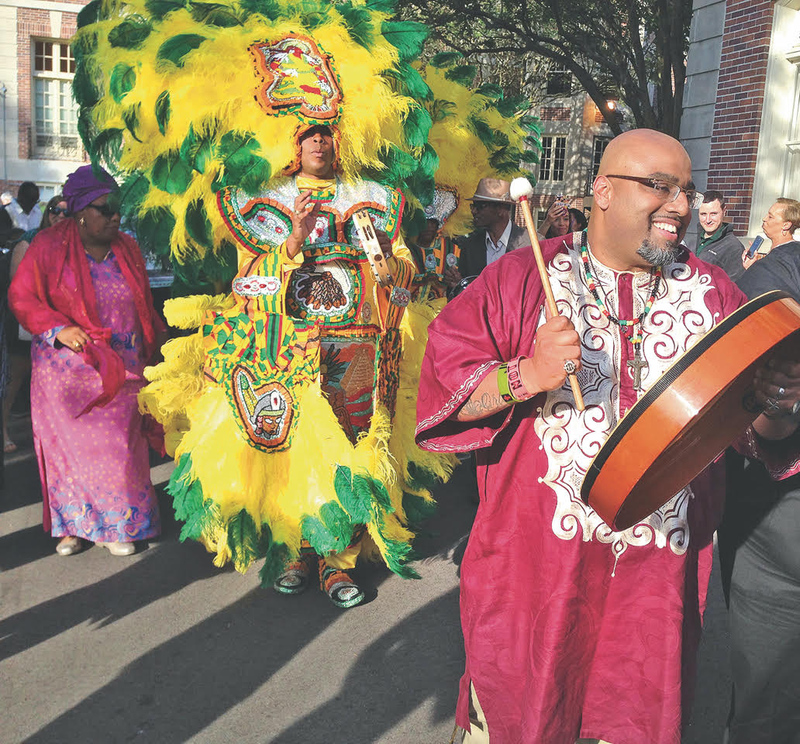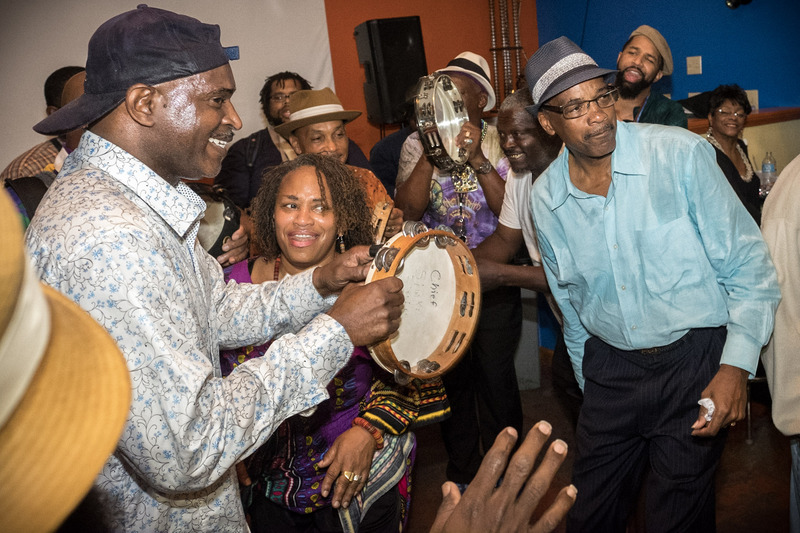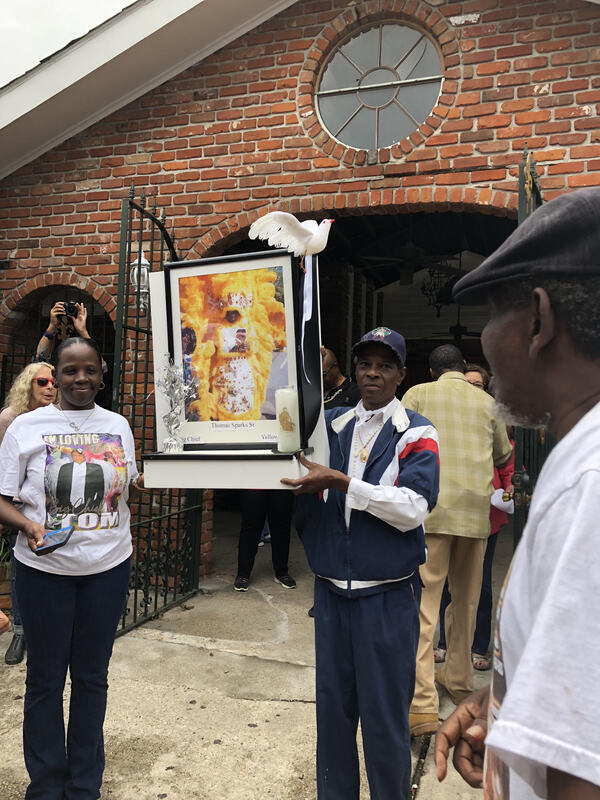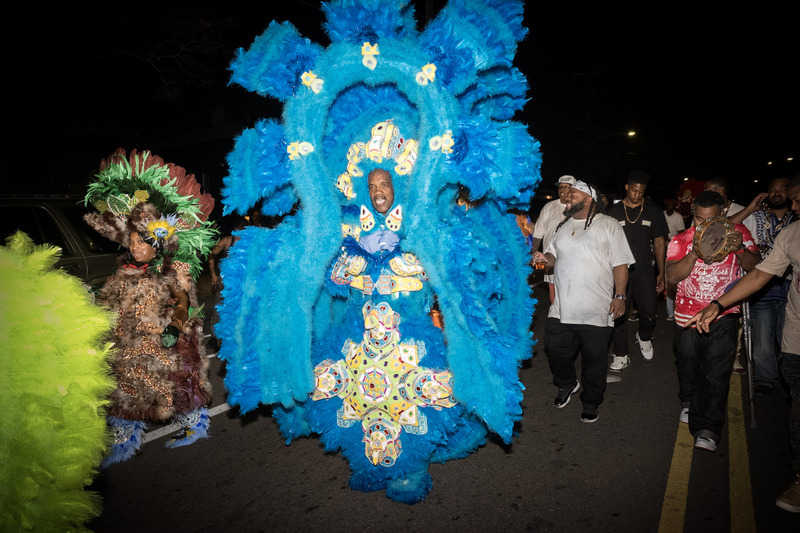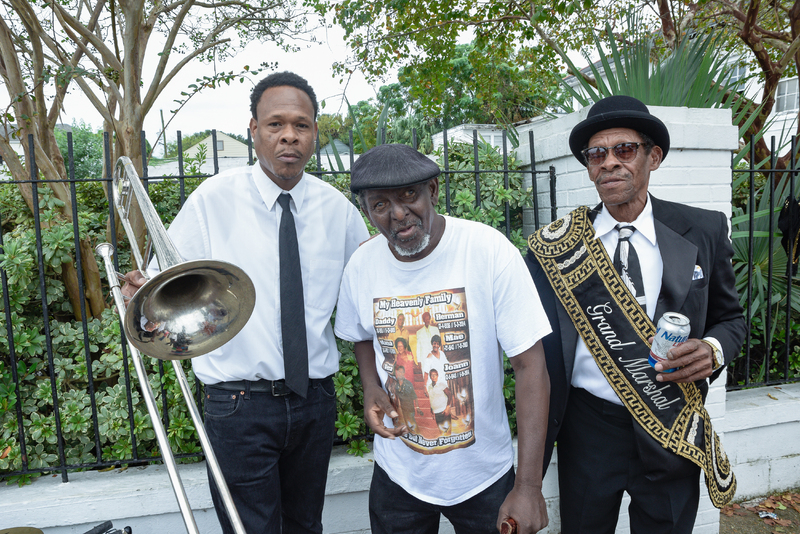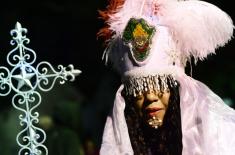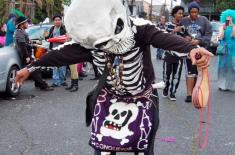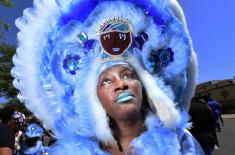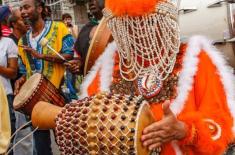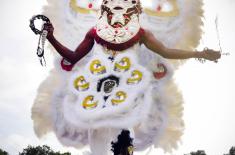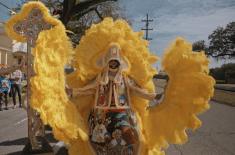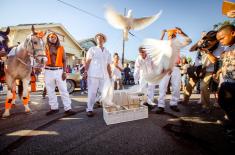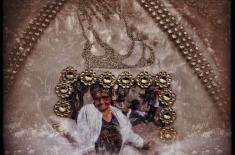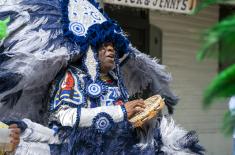Catholicism
Mystery in Motion: African American Spirituality in Mardi Gras
New Orleans has been a cradle of Black Catholicism since shortly after the city’s founding. French authorities regulated the enslaved population and free people of color in Louisiana and its other colonies with the 1724 Code Noir. Among other pronouncements, the code mandated Catholicism as the only legal religion for all residents, a requirement that continued under Spanish rule. Another of the code’s fifty-five articles established the use of the fleur-de-lis, a symbol of both the Catholic trinity and French royalty, to brand enslaved Africans who resisted authority.
In an environment of enforced Catholicism and racial stratification rose St. Augustine Catholic Church, founded in 1841. Free people of color purchased pews there, and the year after the parish was established, parishioner Henriette Díaz Delille, a free woman of color, began the Sisters of the Holy Family, one of only three Black orders of nuns in the United States. Just as noteworthy was the 1925 establishment of Xavier University of Louisiana, the only historically Black Catholic university in the nation. With such a strong Black Catholic community, it should come as no surprise that Catholic holy days and rituals came to play an important role in African American life in New Orleans.
Black masking Indians co-opted two days on the Catholic calendar, Mardi Gras (the last day before Lent) and the March 19 feast of St. Joseph. They used both days to resist oppression through African-based ritual, including call and response, percussion-based rhythm, improvisation in dancing, and veneration of ancestors. On St. Joseph’s Day, Catholics could indulge in pleasures normally forbidden during Lent, such as attending balls and the theater. They could also break from fasting. It is not known exactly when the observance of this feast day began in New Orleans, though it was part of the festive calendar by the early nineteenth century. Black masking Indians embraced the day by at least the 1930s.
Catholic traditions, institutions, feast days, saints, and processions provided a framework for Black maskers to blend in other religious practices inherited from the Caribbean and Africa. Masking on Mardi Gras and St. Joseph’s Day have remained steadfast among African Americans in New Orleans despite the population becoming less Catholic over time. This merging of traditions produced a unique cultural response to oppression, one that is still evolving today.
Mystery in Motion: African American Spirituality in Mardi Gras
Online Exhibition

